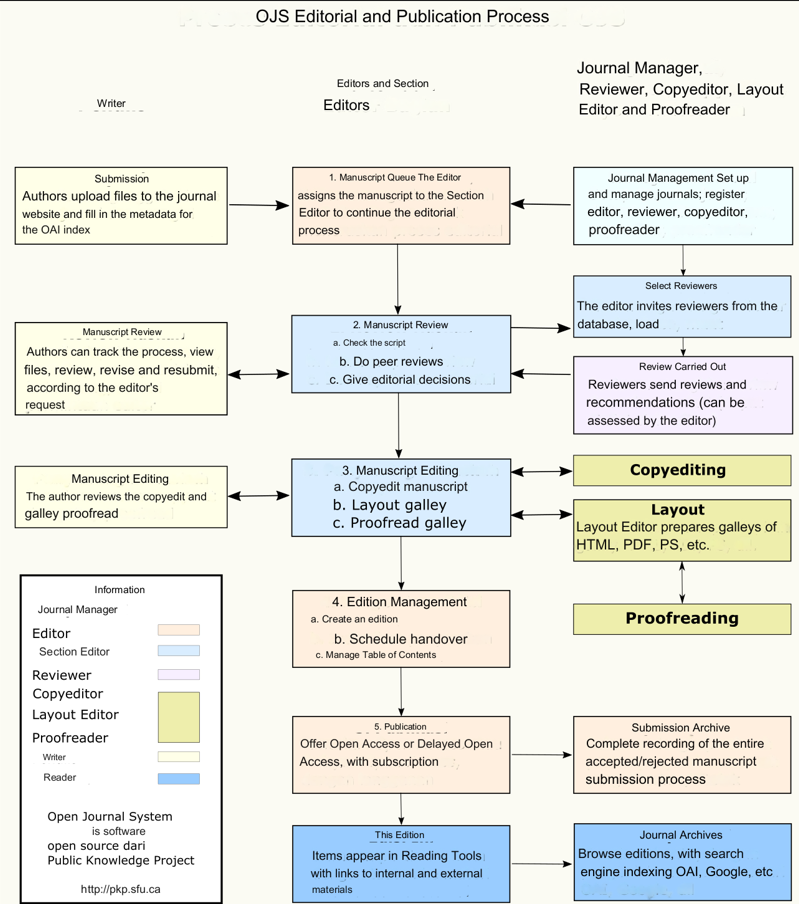QUICK MENU
All manuscripts submitted to this journal must follow the focus and scope, and author guidelines of this journal. The submitted manuscripts must address scientific merit or novelty appropriate to the focus and scope. All manuscripts must be free from plagiarism contents. All authors are suggested to use plagiarism detection software to do the similarity checking. Editors check the plagiarism detection of articles in this journal by using Turnitin software.
Key points in the Peer Review Process:
The Peer Review Process for journal publications is essentially a quality control mechanism, where experts evaluate the manuscript with the aim of ensuring the quality of the published manuscript. However, peer reviewers do not make a decision to accept or reject a paper, but provide a recommended decision. In journals, the decision-making authority lies solely with the journal editor or journal editorial board.
When a manuscript is submitted to a journal, it is assessed to see if it meets the criteria for submission. If it does, the editorial team will select potential peer reviewers in the research field to peer review the manuscript and make recommendations. The following is the editorial and publication process on OJS.

